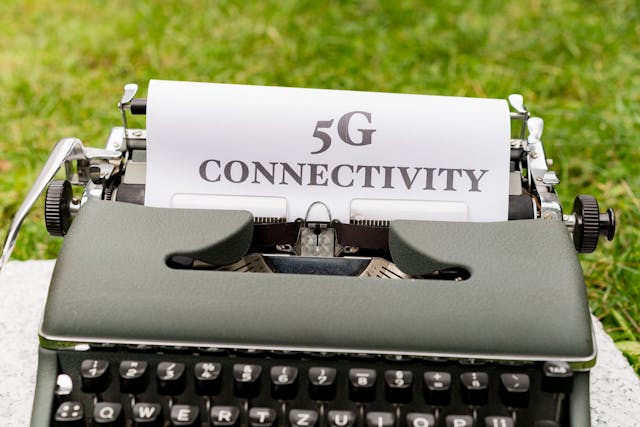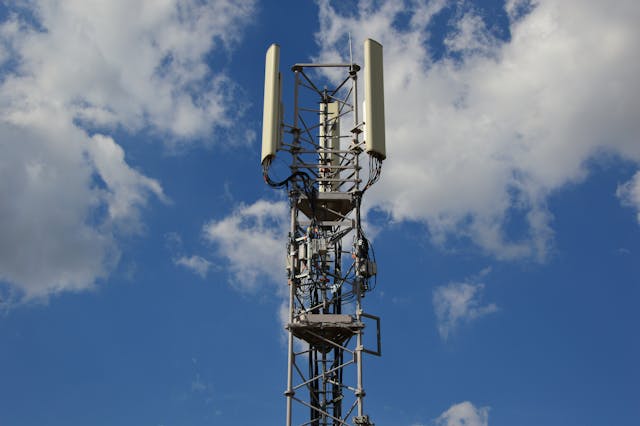How 5G Is Enabling New Digital Experiences and Business Models
The rollout of 5G networks is more than just faster internet—it’s a transformative technology that is reshaping industries and creating new opportunities for businesses and consumers alike. With higher speeds, lower latency, and massive connectivity, 5G enables experiences and business models that were previously impossible.

Ultra-Fast and Reliable Connectivity
5G delivers data speeds up to 100 times faster than 4G, with near-zero latency. This allows for seamless streaming, real-time collaboration, and instantaneous cloud access. For consumers, this means smoother video calls, augmented reality (AR) experiences, and immersive gaming without lag. For businesses, it supports real-time analytics, remote operations, and instantaneous decision-making.
Transforming Industries
Healthcare
Telemedicine and remote surgery are becoming more feasible with 5G. High-resolution imaging and real-time data transfer enable doctors to consult patients and even guide surgical procedures from afar.
Manufacturing
Smart factories leverage 5G to connect machines, sensors, and AI systems for real-time monitoring and predictive maintenance. This improves efficiency, reduces downtime, and lowers operational costs.
Retail
Retailers can offer personalized experiences through AR fitting rooms, interactive displays, and location-based promotions, all powered by 5G’s high-speed connectivity.
Entertainment
5G enables immersive experiences like AR concerts, cloud gaming, and virtual reality (VR) events. Fans can interact in real time, creating new revenue streams for content creators.
New Business Models
5G is not just enhancing existing services—it’s enabling entirely new business models:
- Subscription-based real-time services: Industries like automotive, healthcare, and entertainment can offer pay-per-use or subscription-based access to premium services.
- Edge computing solutions: Businesses can process data closer to the source, reducing latency and unlocking applications in autonomous vehicles, smart cities, and industrial IoT.
- Collaborative platforms: Low-latency networks allow for real-time collaboration across geographies, enabling innovative B2B solutions and remote workforce management.
Challenges to Consider
Despite its potential, 5G adoption faces hurdles:
- Infrastructure costs: Deploying 5G networks requires significant investment in antennas, fiber, and small cells.
- Device compatibility: Older devices cannot fully leverage 5G speeds, requiring hardware upgrades.
- Privacy and security: With increased connectivity comes greater risk of cyberattacks, demanding robust security measures.

Final Thoughts
5G is a catalyst for innovation, enabling new digital experiences and business models across healthcare, manufacturing, retail, and entertainment. Its combination of speed, low latency, and connectivity is transforming how we interact with technology and conduct business. Companies that embrace 5G early stand to gain a competitive edge, while consumers can look forward to more seamless, immersive, and personalized digital experiences.












